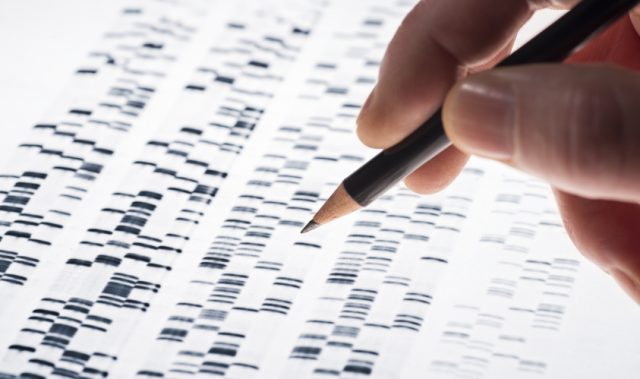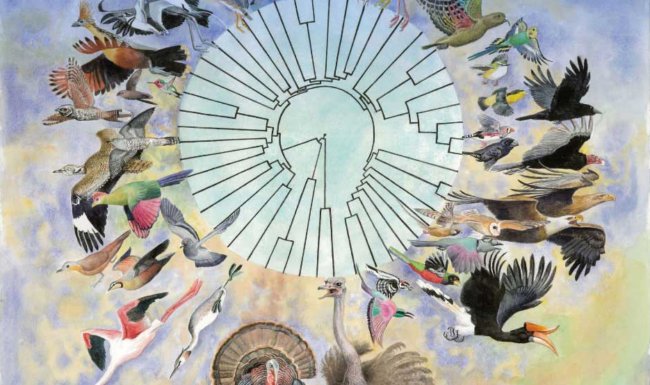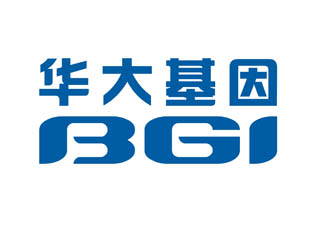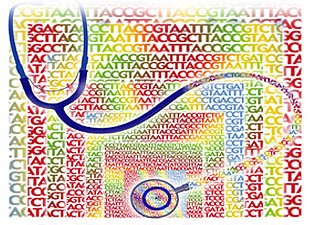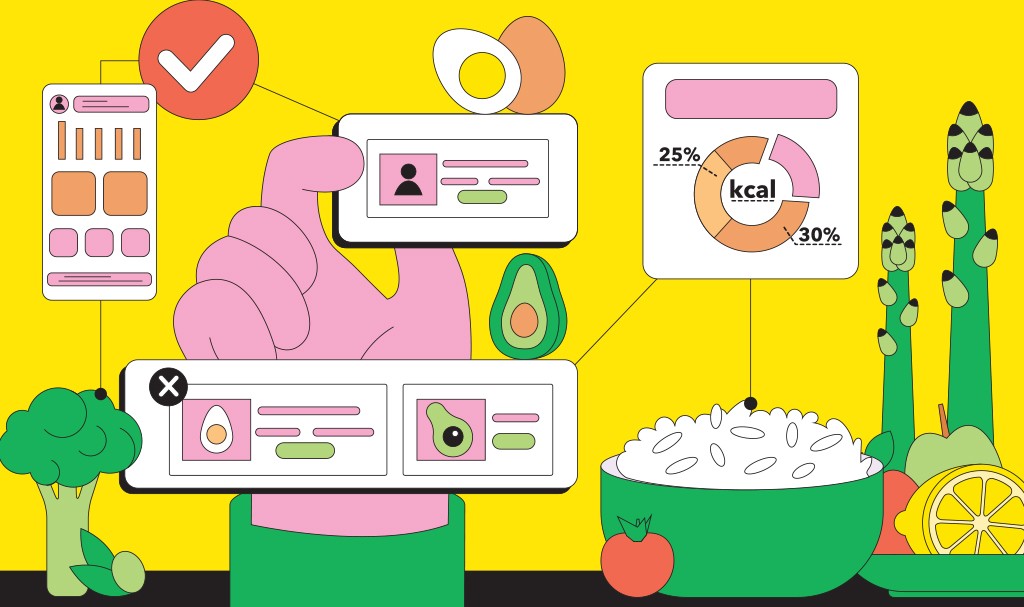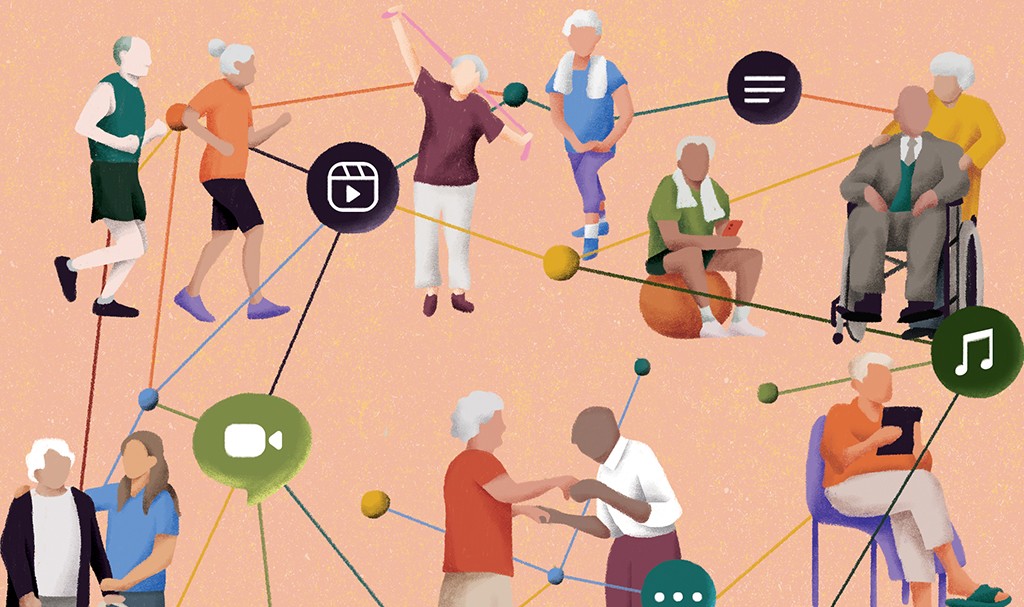
BGI’s human resource strategy
But a pipeline of technologies would not be complete without a pipeline of talent, says Dr. Wang.
“We have spin-off companies, and we also have a college. Right now we have a joint PHD program with University of Copenhagen and the Chinese University of Hong Kong,” he says.
He describes BGI’s new college, aptly called BGI College, which has initiated several joint education programs with universities such as the University of Copenhagen, the University of Hong Kong, and the Chinese University of Hong Kong. Its graduate division, the BGI Education Center of CAS, was co-founded with the Chinese Academy Of Sciences in 2012, and awards both master’s and doctoral degrees. Around 80 students began their study at BGI College in September 2012.
The college not only ensures BGI an ever-ready stream of bioinformaticians and wet-lab technicians, it also helps the company to raise its profile among Chinese students, making it a hip place to start one’s career, à la Facebook and Google in California’s Silicon Valley. A smart and forward-looking move by any measure.
And BGI has certainly capitalized on this youthful trend, hiring students fresh out of college. Dr. Wang tells me that the average age for a scientist at BGI is only 23, and in general the average age across the entire company is only 26.
“Well this is a new territory,” Dr. Wang says. “There are no existing talent, they all have to be trained. And the best way to train them is to recruit them from the top universities and to throw them into real projects. The ones who have more experience, you need more creative thinking from them, instead of just training them what to do.”
I ask Dr. Wang whether there are any 26-year-old project team leaders at BGI.
“Yes of course,” he laughs, “and in some cases they lead a team of over 100 people. We give them the chance to run multi-million dollar projects when they are very young. If they succeed their confidence grows.”
It is little wonder that Dr. Wang believes in the ability of youth, having co-founded BGI at a young age.
“I co-founded BGI when I was about 22 to 23. I’m now getting old. I’m 37 now,” he jokes.
“We need a combination. We need the most experienced scientists. We also need new, young, energetic, creative scientists. We need both. This is just a balance. In the past, people emphasized too much about experience, but forgot about the creative parts, or the strengths of the young scientists. It is also very dangerous to also focus on the young scientists, and you lose all the competence, experience, and intelligence of the senior ones. We do give a channel and platform for young scientists in BGI. And this is very unique to BGI,” the wizened CEO explains, belying his youthful 37 years.
How have we benefited post-Human Genome Project?
Are we seeing results from sequencing the human genome, I ask, in terms of new biomarkers and therapies for human disease?
“The whole BGI is organized to address one question, why is the genome important. So all the parts of BGI you see are all organized in a way to answer these questions. But it will be step-by-step,” he says, adding that the BGI bioinformatics team has over 1,000 members working full time to find answers to these questions.
“Right now, prenatal diagnosis for Down’s syndrome has already been used for testing; we have done the test for more than 100,000 pregnant women already. Similarly, we will analyze for monogenic disorders and more and more cancers. But it will come gradually,” he explains.
“For agriculture, we have sequenced the foxtail millet genome. You can develop breeds based on genomic information. There will be more crops and breeds. The Whole Genome stuff is a long term project; you can’t get the benefits overnight.”
“But sometimes I sense that, even if we are drawn to big data sets, it is still not big enough. You need a much bigger data set to address deeper questions. So in a sense, we still need to generate larger data sets,” he says.
So will we see the advent of personalized testing, with companies such as 23andMe touting answers to diseases that will strike us decades later?
“Just as with Down’s syndrome testing, parents have their own choice,” he says. “You should not scare people. For example, if you do a test for newborn babies and you tell them that after thirty years they will have type II diabetes… that is kind of scary. It would be much better to tell them what to do,” he muses.
“We recently started thinking about an autism test. If you do a test for newborn babies, you can do an early intervention and provide special education. Those will be BGI’s priorities. We do not want to just sequence people’s genome and not tell them what to do. To prove that the genome is useful you have to tell them what to do,” he says.
He also adds that the information gleaned can sometimes be used as an end to itself.
“But sometimes people just want this information for fun, to know their family lineage, how many generations am I Han Chinese for their personal interest,” he adds.
Are there any exciting new projects that BGI has recently started working on?
“There is one project,” Dr. Wang notes. “We will do a much larger study on the human gut bacteria – we published a paper on gut bacteria association with type II diabetes – to have a deeper analysis on the gut bacteria and how it affects type II diabetes, and also ways of intervention.”
As we concluded the interview with the man who in December was named by Nature magazine as one of the Ten People Who Mattered This Year, the scientist in me had to ask – what was his favorite BGI-sequenced genome?
Dr. Wang knits his brows, filtering through all the genome projects that BGI has either contributed to or initiated.
“To be part of one percent of the Human Genome Project is an accomplishment. The rice genome is the first we have done 100 percent by ourselves. But my favorite is the panda genome. I think the panda should be the image of China. To be more precise, kung fu panda should be the image of China. It is humble, nice, good-looking, cute, soft, but knows kung fu. I certainly want it to be the image of BGI.”
——
Copyright: Asian Scientist Magazine; Photos: BGI.
Disclaimer: This article does not necessarily reflect the views of AsianScientist or its staff.




